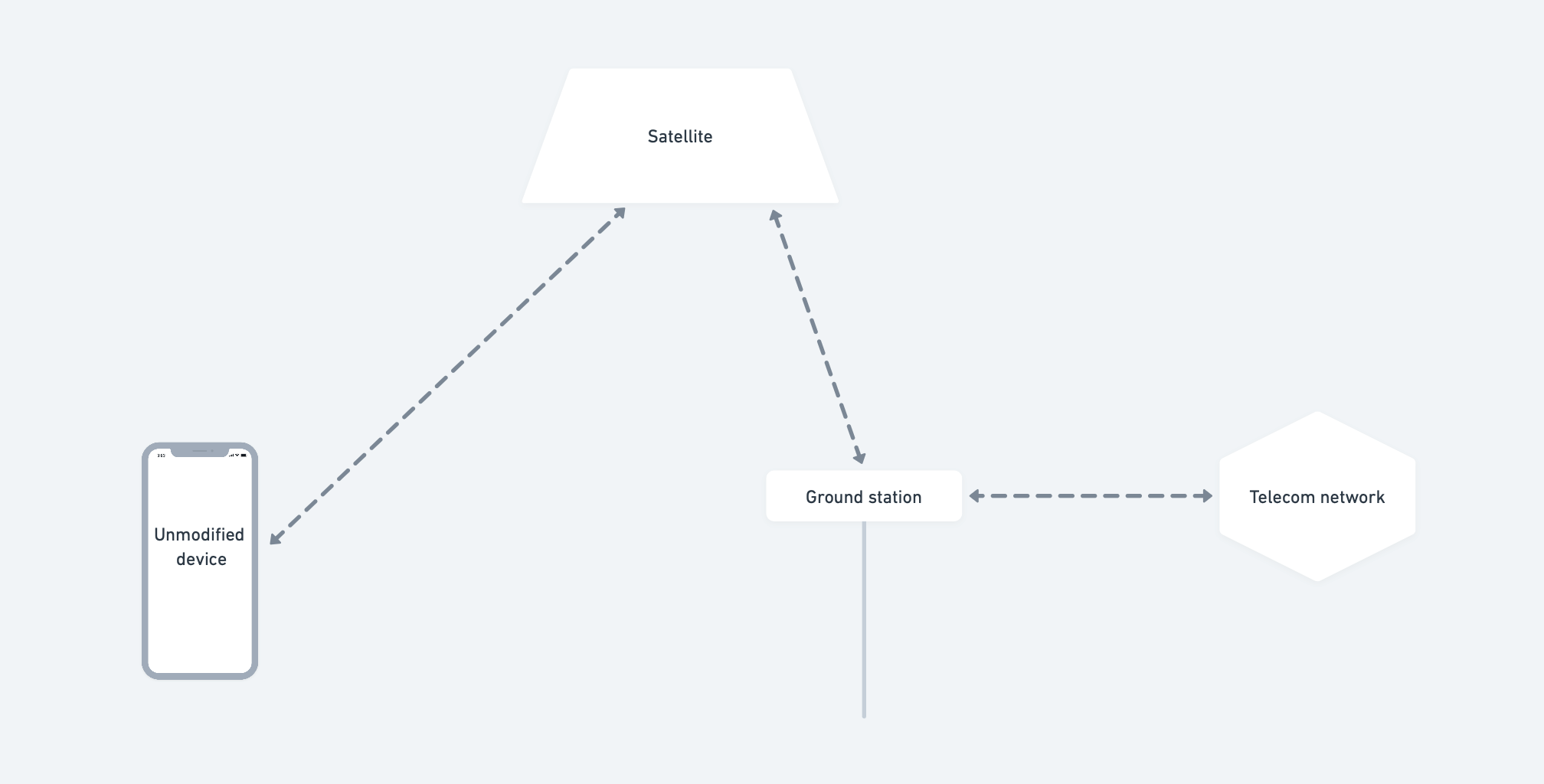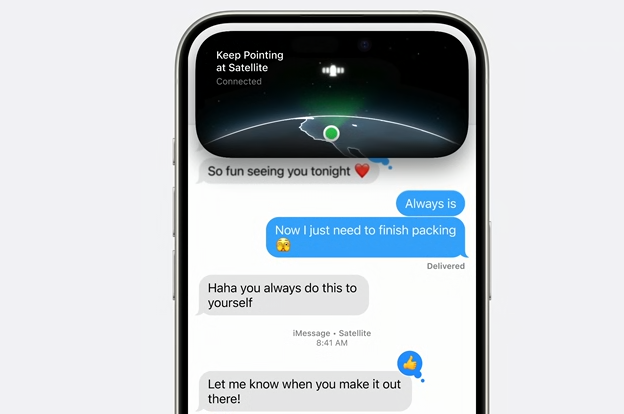Few months ago, I spent my holiday with family at a homestead that was literally off the grid by a lake. No real road traffic, barely any cellular coverage. If you wanted to make a call, you had to hike up a hill and hope the connection didn't drop mid-sentence. And sure, you might say, "Dude, unplug! Enjoy nature!" But the reality is, having reliable connectivity is just part of modern safety and peace of mind: think cameras, alarms, emergency calls, or just figuring out how to drive back home without guesswork.
If you love off-road adventures, surfing remote breaks, or just exploring places way off the beaten path, you probably know this pain. You head somewhere beautiful, and then realize you're stuck with zero bars of service.
Your first question is probably: "Why don't carriers just expand coverage?" The short answer is economics. Building and operating towers in extremely remote areas for a handful of users doesn't make sense for traditional telcos. They're weighing ROI, and the math doesn't pencil out.
So what is the solution?
In one word: Satellites. More specifically, low Earth orbit (LEO) satellites beaming signals straight to your phone (a.k.a. direct to cell, satellite to phone, or non-terrestrial network). The cool part? You don't need a fancy antenna or gadget strapped to your device. It's literally your regular smartphone talking to a satellite orbiting ~300 km above Earth. It's not easy engineering, but it's happening.
The ultimate goal: Connect your existing phone to a satellite for voice, text, and data anywhere on the planet. In my homestead case, that means I'd just pop outside, let my phone talk to the satellite, and boom—signal. No more "Sorry, I'll call you back when I find a bar." Let's break down how this tech works and check out who's leading the charge.
How It Works: Direct-To-Cell Technology Explained

The Basics of Satellite Connectivity
Let's keep it simple: satellites act like cell towers in space, and your phone treats them like just another tower to connect with.
-
The Satellite:
- Function: Each satellite is basically a "cell tower in orbit," loaded with antennas and modems to chat with phones on the ground.
- Orbit: They zoom around the Earth in Low Earth Orbit (LEO), around 500 to 2,000 km overhead.
- Coverage: Because they're in LEO, they cover wide swaths of Earth, especially where normal towers can't be installed (like that random spot in the wilderness).
-
The Device (Your Smartphone):
- No Extra Hardware Needed: Your standard iPhone or Android is good to go—no funky attachments required.
- Connection Process: When regular cell towers are out of reach, your phone hunts for a satellite connection, much like it hunts for Wi-Fi or normal cell signals.
-
How Connectivity Works:
- Signal Transmission: Your phone sends data upward (voice, texts, even internet) to that satellite overhead.
- Maintaining Connection: As satellites move, your phone will automatically "hand off" to the next satellite in range, sort of like driving between multiple cell towers.
- Beam Forming: Satellites use phased-array antennas (just a fancy term for "super-smart antennas") to shape signals right toward your phone, and to manage multiple connections simultaneously.
-
Backhaul and Data Relay:
- Backhaul: Once the satellite receives your data, it sends it to a ground station on Earth. That's your backhaul pipeline.
- Internet Connection: The ground station passes your request to a partner telecom network and on to the internet, letting you do everything from sending SMS to browsing Twitter (bandwidth permitting).
In a nutshell, if you have a clear line of sight to the sky (and a satellite is in range), you'll be online. That means no more "dead spots" when you want to send a voice message, make a call or check your route in some super-remote area.
Challenges and Solutions:
- Interference: Satellites have to avoid messing with existing cell networks. Using dedicated spectrum, coordinating with big carriers and advanced signal processing does the trick.
- Capacity and Bandwidth: Satellites can't match the raw bandwidth of terrestrial networks, but clever engineering will ensure you can still do the basics without hitting a bottleneck.
- Latency: Since data travels further, there's a bit more delay. LEO satellites reduce that distance, so it's not as big of a lag as older, higher-orbit systems.
Current State of Technology
Four key players are racing to nail down direct-to-mobile satellite. Most are still in early pilot phases with limited throughput. They've done proof-of-concepts, so the viability is there. Now it's about scaling and improving speed. Let's see who's doing what.
Apple and Globalstar
Approach: Apple invested $1.5 billion into Globalstar to upgrade ground stations and launch new satellites, securing 85% of Globalstar's LEO capacity. Apple's big play is to weave satellite connectivity right into iPhones. In November 2024, they boosted that commitment with an additional $1.5 billion investment ($1.1 billion in satellite infrastructure prepayments and a $400 million equity stake in Globalstar), strengthening services like Emergency SOS and iMessage over satellite (Yahoo Finance).
Stage: Emergency messages via satellite are live in 14 countries, and Apple introduced non-emergency satellite messaging in iOS 18. Users can send texts, emojis, and iMessage reactions, even when they have zero cellular or Wi-Fi signal. These features are currently free for many iPhone owners, but Apple plans to introduce a subscription fee after November 2025. Apple also plans to bring satellite connectivity to the Apple Watch Ultra in 2025, expanding this capability across more devices (The Verge).

SpaceX and T-Mobile
Approach: SpaceX's Starlink teamed up with T-Mobile so unmodified phones can hook onto Starlink's second-gen satellites. They're starting with text, aiming to add voice and data down the line to plug those "dead zones." The FCC granted approval in November 2024 for SpaceX to use these satellites for direct-to-phone services, marking the first time a satellite operator and wireless carrier got this kind of authorization (The Verge).
Stage: They've already tested video calls on standard smartphones and aim to roll out text by the end of 2024. A beta testing program is open for T-Mobile postpaid customers with compatible devices. Over time, the plan is full texting coverage worldwide, eventually moving on to voice/data. This ties in with existing T-Mobile plans—no extra gear or add-ons required (The Verge).
View SpaceX demo video call on X
AST SpaceMobile and AT&T
Approach: AST SpaceMobile has a different twist: large phased-array satellites aimed at delivering broadband straight to normal smartphones. They're working with AT&T and Verizon, leveraging existing spectrum to make it happen. They also signed a long-term commercial agreement with Vodafone in December 2024, covering Europe and Africa (Investors.com).
Stage: They tested two-way voice calls on BlueWalker 3, and in September 2024 they launched their first five commercial "BlueBird" satellites. The next step is commercial service with a planned 110-satellite constellation. They want robust voice, text, and data, thanks to those big satellites beaming signals down. They're scaling production to build four to six satellites per month, aiming for broader coverage by 2025 (SpaceNews).
Lynk Global
Approach: Lynk Global is building a satellite constellation for direct-to-device services. Their main angle is compatibility with any phone, no special chip needed. They're teaming up with mobile network operators to extend coverage to remote areas.
Stage: They have several satellites in LEO, aiming for 1,000 by 2025. They added two more satellites in March 2024 via SpaceX's Transporter-10 mission (Lynk). Initial services: SMS and emergency alerts. They're piloting with operators in 40+ countries, including Palau, all working toward cost-effective coverage in regions lacking traditional towers. Their technology has connected to thousands of unmodified phones worldwide (Satellite Evolution).
View Lynk video call demo on Youtube
The Future of Satellite Connectivity
No one knows exactly how it'll shake out, but there are various theories. It seems like traditional telcos will morph into new hybrid providers who bundle in space coverage to enrich their offerings.
I could also see aggregator solutions that auto-pick the best satellite network based on availability, cost, or performance. Then we'd really have a "global coverage" scenario that your phone seamlessly jumps between.
In any case, we're witnessing the start of a major shift. The prospect of real, global coverage that doesn't force you to lug around specialized equipment is super exciting—and it's happening now. If you're an explorer, a safety-first parent, or just an everyday user wanting to stay online wherever you roam, this is worth following closely.